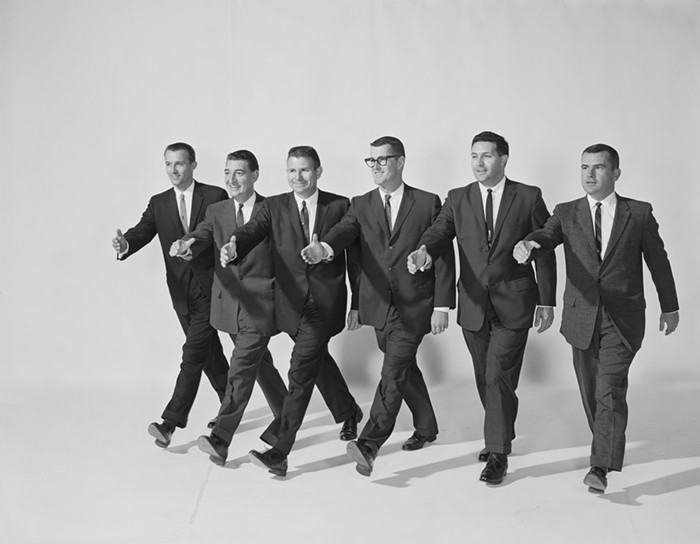GORGEOUSLY SHOT and carefully documented, there's no doubting the craftsmanship behind At the Edge of the World, a documentary that offers enviro-politics and breathtaking scenery in equal measure. Director Dan Stone follows the crews of two ships, both of which cut through the ice-cold waters of the Antarctic and both of which belong to the Sea Shepherd Conservation Society—a group that's kinda like Greenpeace, but with bigger balls. Whether that philosophy is a good or a bad thing is up for debate, but there's no lack of evidence for either side throughout At the Edge of the World.
Despite having a title that's eerily similar to Werner Herzog's Antarctica doc Encounters at the End of the World, Edge of the World is clearly its own film, and one with a none-too-subtle agenda. That agenda's shared with the crews of the Farley Mowat and the Robert Hunter, which have ventured far, far south to stop Japanese whalers, who still harvest whales despite an international treaty forbidding them to do so. It's a noble aim, sure, and it's hard to fault the Sea Shepherds for taking action.
But in part because Edge of the World is so transparent and well made, it's impossible not to focus on and debate the Sea Shepherds' actions. Despite some slow patches when everyone onboard complains about being seasick, or oohs an ahhs at penguins, Edge of the World is consistently engaging enough to make you pay attention to and question what these shivering hippies are actually doing. Which is, to be honest, a mixed bag: One begins to suspect that these crews of dreadlocked, soul-patched kids might not be prepared for their task when they can't stop giggling throughout an evacuation drill; one realizes they totally are unprepared when, moments after lobbing stink bombs at a Japanese whaling ship, they're forced to radio said ship and humbly ask for help in finding two of their crewmates, who they've lost at sea.




















